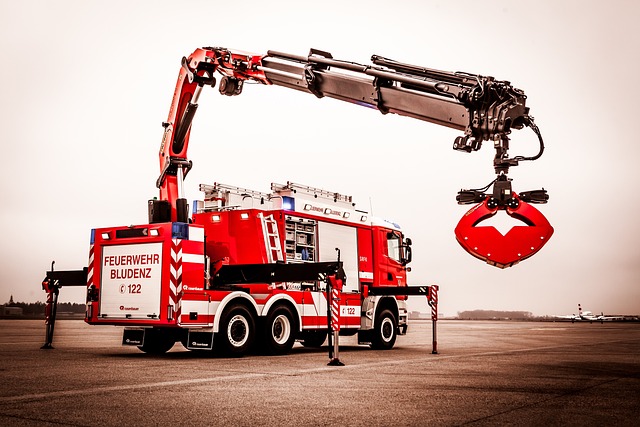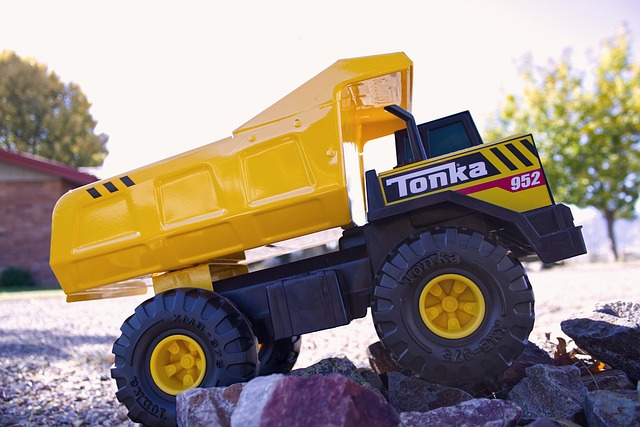Looking to register your car in California? This comprehensive guide breaks down the process step-by-step. From understanding key requirements like a valid VIN verifier to gathering essential documents, this article ensures you’re prepared. Learn how to efficiently visit a DMV office, complete and submit the registration application, pay fees, and obtain your new license plate. Streamline your car registration experience in California with these easy-to-follow instructions.
- Understand California Car Registration Requirements
- Gather Necessary Documents for Car Registration
- Visit a California Department of Motor Vehicles (DMV) Office
- Complete and Submit the Application for Vehicle Registration
- Pay the Required Registration Fees and Get Your Plate
Understand California Car Registration Requirements

Before registering your car in California, it’s crucial to understand the state’s specific requirements. The process involves verifying your vehicle’s unique identifier, known as the Vehicle Identification Number (VIN). This is a critical step that ensures the authenticity of your car and allows for proper documentation. A reliable method for VIN verification is through a mobile vin verifier or vin inspection, which provides an efficient way to confirm key vehicle details remotely.
In California, you’ll need to present a valid registration from another state, proof of insurance, and complete an application form. Additionally, your vehicle must pass an emissions test if it’s model year is eligible. Properly completing these steps ensures that your car complies with California regulations, facilitating a smooth registration process.
Gather Necessary Documents for Car Registration

Before you begin the registration process, it’s crucial to gather all the essential documents for car registration in California. This includes your vehicle’s Certificate of Title (or Proof of Purchase), a valid driver’s license, and proof of insurance. Additionally, you’ll need to conduct a Vehicle Identification Number (VIN) inspection or verification as part of the process. A VIN verifier can be used for this purpose, whether at a designated service center or even through mobile vin inspection services that come to your location.
Remember, some key documents may vary based on how you acquired your vehicle. For instance, if you’re registering a new car, the dealership will typically provide the necessary documentation. However, if you’re transferring ownership from another owner, you’ll need their signed title and registration documents as well. Ensuring you have all these in order before heading to the California Department of Motor Vehicles (DMV) office or completing the online registration process will make things smoother and faster.
Visit a California Department of Motor Vehicles (DMV) Office

To begin the process of registering your car in California, start by visiting a local California Department of Motor Vehicles (DMV) office. This is where you’ll complete essential paperwork and undergo necessary inspections. At the DMV, bring along all required documents, including proof of ownership, identification, and any relevant insurance information. A friendly staff member will guide you through each step, ensuring your vehicle meets all state standards before registration.
One crucial aspect of this process involves using a Vehicle Identification Number (VIN) verifier to check your car’s history. This may be done in-person or through a mobile VIN inspection service, offering convenience and speed for those with busy schedules. By verifying the VIN, you can rest assured that your vehicle is safe and legal to register, making it an essential step before navigating California’s registration requirements.
Complete and Submit the Application for Vehicle Registration

After gathering all your necessary documents and ensuring your vehicle meets California’s requirements, it’s time to complete and submit the Application for Vehicle Registration. This form can be found online or at any California Department of Motor Vehicles (DMV) office. Fill out every section accurately and completely, providing detailed information about your vehicle, including its make, model, year, and VIN (Vehicle Identification Number). The VIN is crucial—it’s like a fingerprint for your car and can be verified using a mobile vin inspection or through the DMV’s online tools to ensure it matches the records.
Once the form is accurately completed, submit it along with all required documents and fees to the DMV. You can do this in person at a local DMV office or by mail if you prefer. Keep in mind that processing times can vary, so plan accordingly. A successful submission will result in your vehicle being registered, allowing you to legally operate it on California roads. Don’t forget, some areas may also offer the option of a mobile vin verifier for added convenience during this process.
Pay the Required Registration Fees and Get Your Plate

After completing your vehicle’s registration application, it’s time to pay the required fees. These fees vary based on several factors, including your vehicle’s type and age. You can typically pay online or in person at a California Department of Motor Vehicles (DMV) office. Once you’ve settled the charges, you’ll receive an official registration certificate and, if applicable, a new license plate.
To ensure a smooth process, consider using a mobile VIN verification service. This innovative option allows you to verify your vehicle’s history and complete necessary inspections remotely, saving you time and effort. A reliable mobile VIN verifier can cross-check your Vehicle Identification Number (VIN) against national databases, providing peace of mind and confirming that your car is ready for registration.
Registering your car in California is a straightforward process that requires understanding the state’s requirements, gathering essential documents, and visiting a local DMV office. By completing the application, providing proof of insurance, and paying the registration fees, you’ll be on your way to legally operating your vehicle. Don’t forget to obtain your unique Vehicle Identification Number (VIN) verifier for an efficient and accurate process. With these simple steps, you’ll have a registered car in no time, ensuring compliance with California’s regulations.
